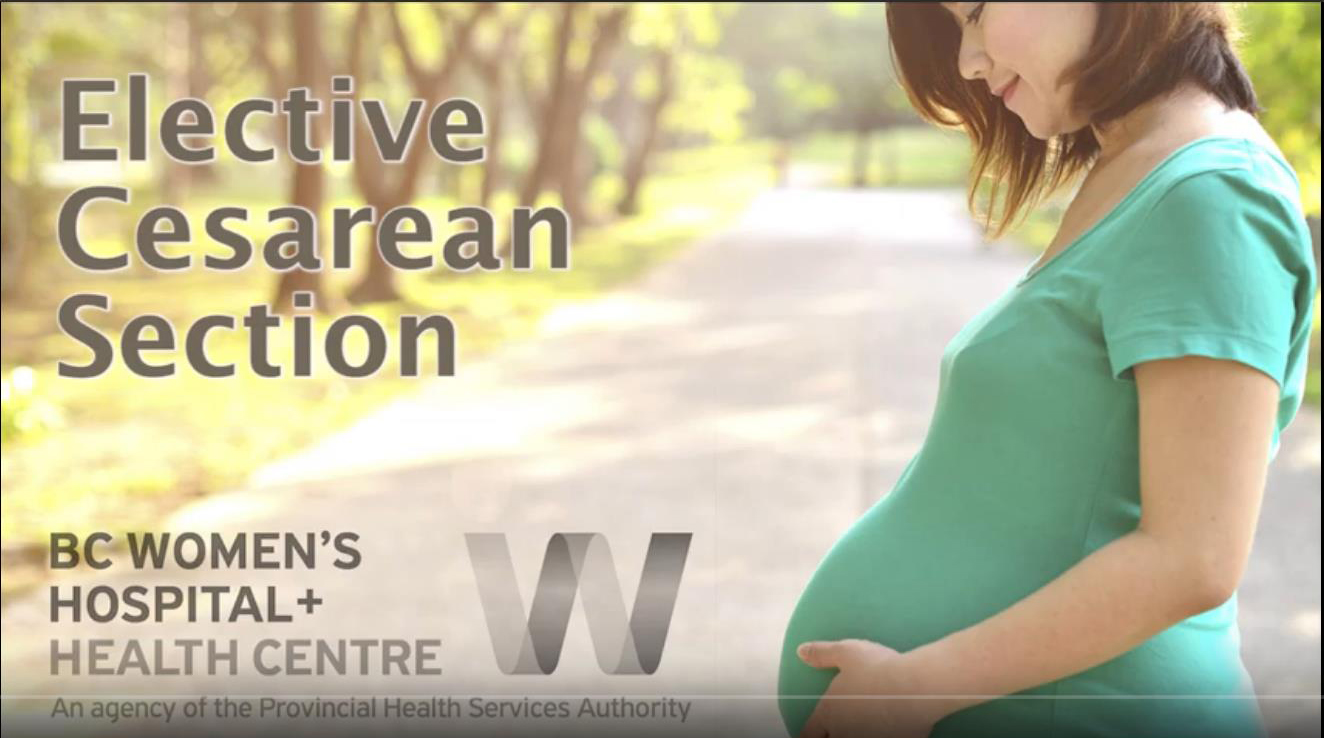Having your baby
If you need to have your labour induced your physician or midwife will talk to you about
induction of labour.
If you need to give birth by caesarean, also called c-section, one support person may stay with you in the operating room if your doctors agree.
Please ask your family and friends to wait for your support person to call them with news about your labour and birth.
Families may use cameras in the labour and delivery room if they have the permission of all staff in the room. Video and audio recording is not allowed during caesarean, forcep, vacuum, breech births or during emergency procedures.
Pain relief methods help you to cope with your labour. These include breathing techniques, water therapy, body positioning, walking and massage, as well as medications (narcotics, nitrous oxide, epidurals). Your nurse will be with you to help guide you through these options.
Pain relief medication is available at your request with a doctor's or midwife's orders, however not everyone needs it. Your nurse is available to help you at each step if pain relief medication is needed.
If an epidural is requested, anesthesiologists are available 24 hours a day to help you with your choice for relieving pain.
You may wish to talk to an anesthesiologist in advance about your pain relief choices for labour, birth and/or caesarean birth. This can be arranged through the
Anesthesia Clinic. Ask your doctor or midwife to arrange an appointment.
BC Women's supports you to have a vaginal birth after caesarean section (VBAC). If you have previously given birth by caesarean section, we encourage you to consider a trial of labour with your current pregnancy. You should discuss this option with your doctor or midwife.
If you are having a planned caesarean birth, also called a c-section, your doctor will pre-book your surgery date. You will be admitted to the hospital under the Day of Surgery program, allowing you to come in on the date scheduled for your baby's birth.
If you are considering a planned caesarean section with no identified medical reason, please watch the following video:

If you have further questions, please discuss your options with your care provider.
